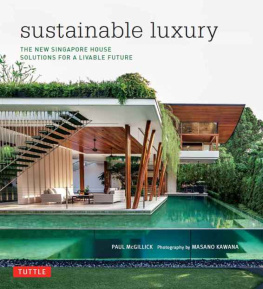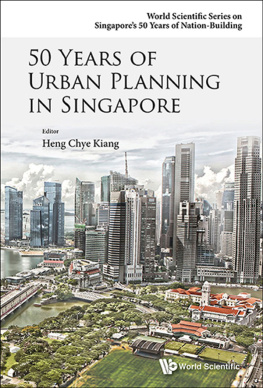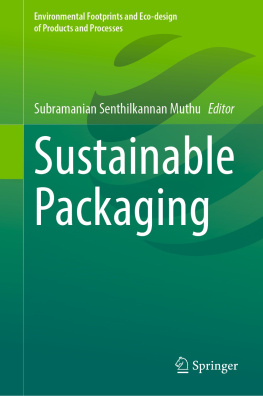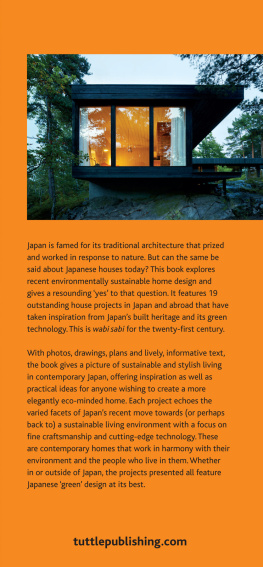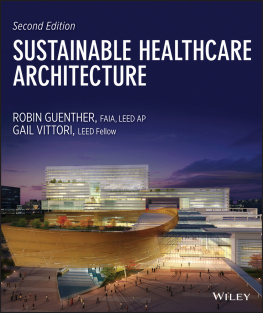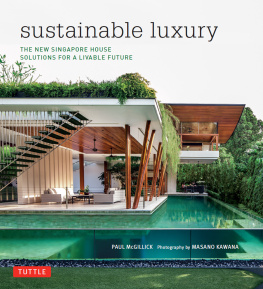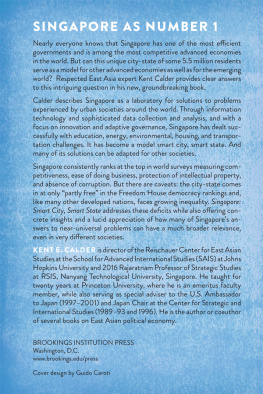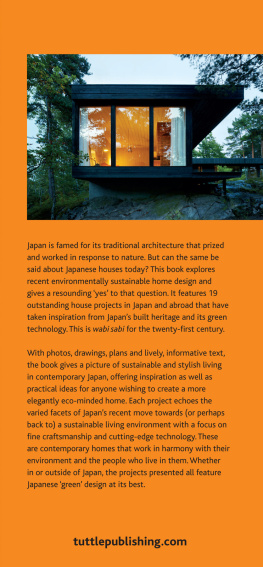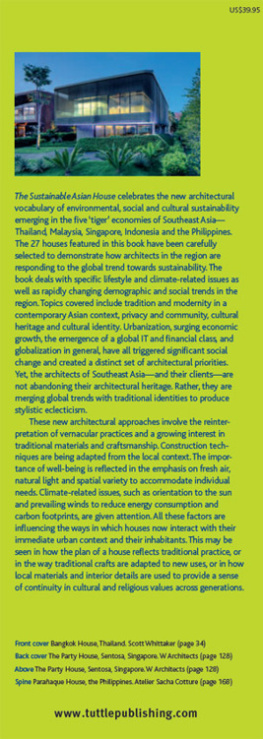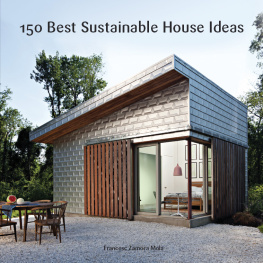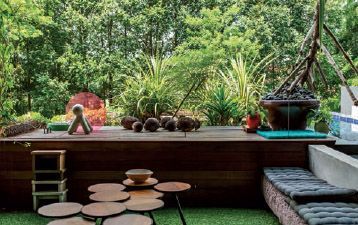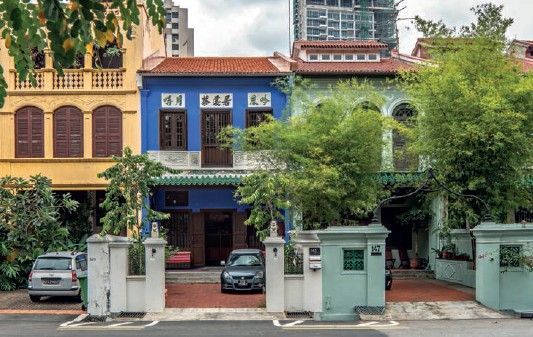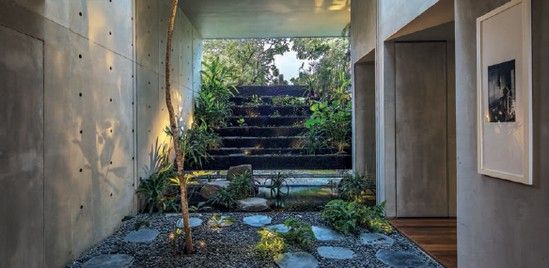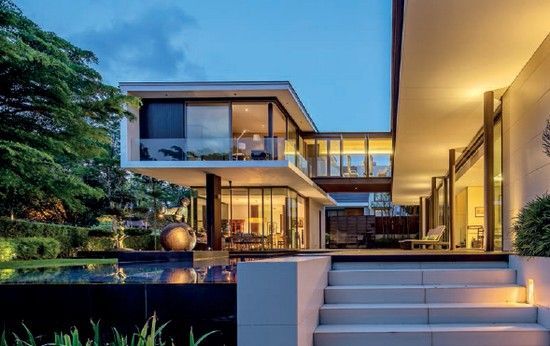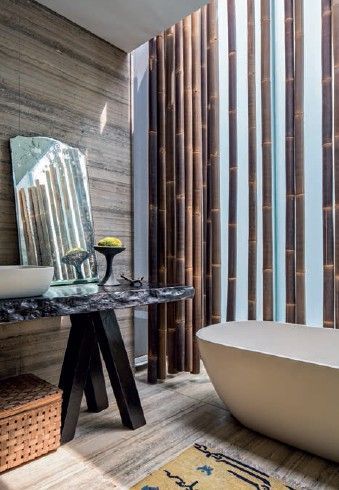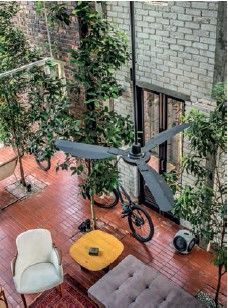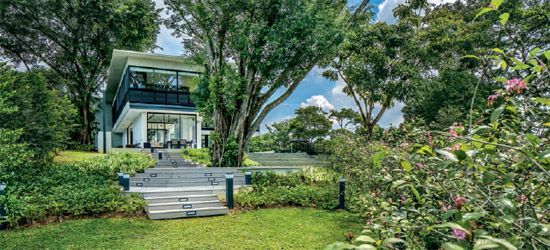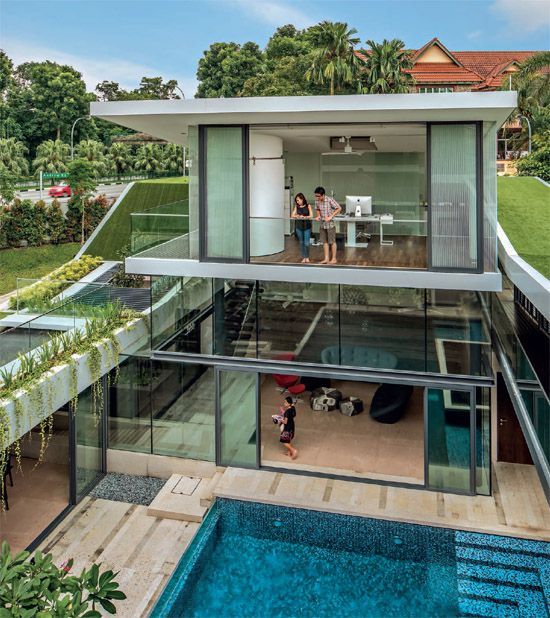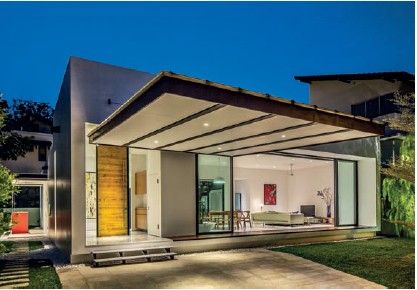Paul McGillick Ph.D - Sustainable Luxury: The New Singapore House, Solutions for a Livable Future
Here you can read online Paul McGillick Ph.D - Sustainable Luxury: The New Singapore House, Solutions for a Livable Future full text of the book (entire story) in english for free. Download pdf and epub, get meaning, cover and reviews about this ebook. year: 2015, publisher: Tuttle Publishing, genre: Home and family. Description of the work, (preface) as well as reviews are available. Best literature library LitArk.com created for fans of good reading and offers a wide selection of genres:
Romance novel
Science fiction
Adventure
Detective
Science
History
Home and family
Prose
Art
Politics
Computer
Non-fiction
Religion
Business
Children
Humor
Choose a favorite category and find really read worthwhile books. Enjoy immersion in the world of imagination, feel the emotions of the characters or learn something new for yourself, make an fascinating discovery.
- Book:Sustainable Luxury: The New Singapore House, Solutions for a Livable Future
- Author:
- Publisher:Tuttle Publishing
- Genre:
- Year:2015
- Rating:5 / 5
- Favourites:Add to favourites
- Your mark:
Sustainable Luxury: The New Singapore House, Solutions for a Livable Future: summary, description and annotation
We offer to read an annotation, description, summary or preface (depends on what the author of the book "Sustainable Luxury: The New Singapore House, Solutions for a Livable Future" wrote himself). If you haven't found the necessary information about the book — write in the comments, we will try to find it.
Featuring elegant photographs, this sustainable architecture and design book showcases the ultra-modern homes of Singapore. Singapore is celebrated as one of the most livable cities in Asia, and Sustainable Luxury shows how the prosperous, forward-looking nation is pioneering innovative solutions for environmental, economic, social, and cultural issues faced the world over. Dr. Paul McGillick, the author of The Sustainable Asian House (Tuttle, 2013), presents twenty-seven recent residential projects created by Singapores most talented architects to address the many complex and interconnected aspects of sustainability.
Some of the homes featured here emphasize environmental needs, while others are concerned with preserving cultural traditions or supporting societal and interpersonal needssuch as extended family dwellings. Each residence, however, exhibits solutions developed from a holistic point of view. These homes typically embrace the tropical climate rather than fight it, and illustrate how smart manipulation of air flows, light, shade, water, and landscaping sustain higher levels of comfort without resorting to air-conditioning.
In addition to profiling individual residences, Sustainable Luxury looks at the big picture, canvassing the most pressing issuesincluding changing demographics and lifestylesand examining the available solutions. Anyone concerned with the future of our world will be fascinated by the houses presented here and the ways in which Singapore is leading the way in the development of residential architecture that is as luxurious as it is sustainable.
Paul McGillick Ph.D: author's other books
Who wrote Sustainable Luxury: The New Singapore House, Solutions for a Livable Future? Find out the surname, the name of the author of the book and a list of all author's works by series.

